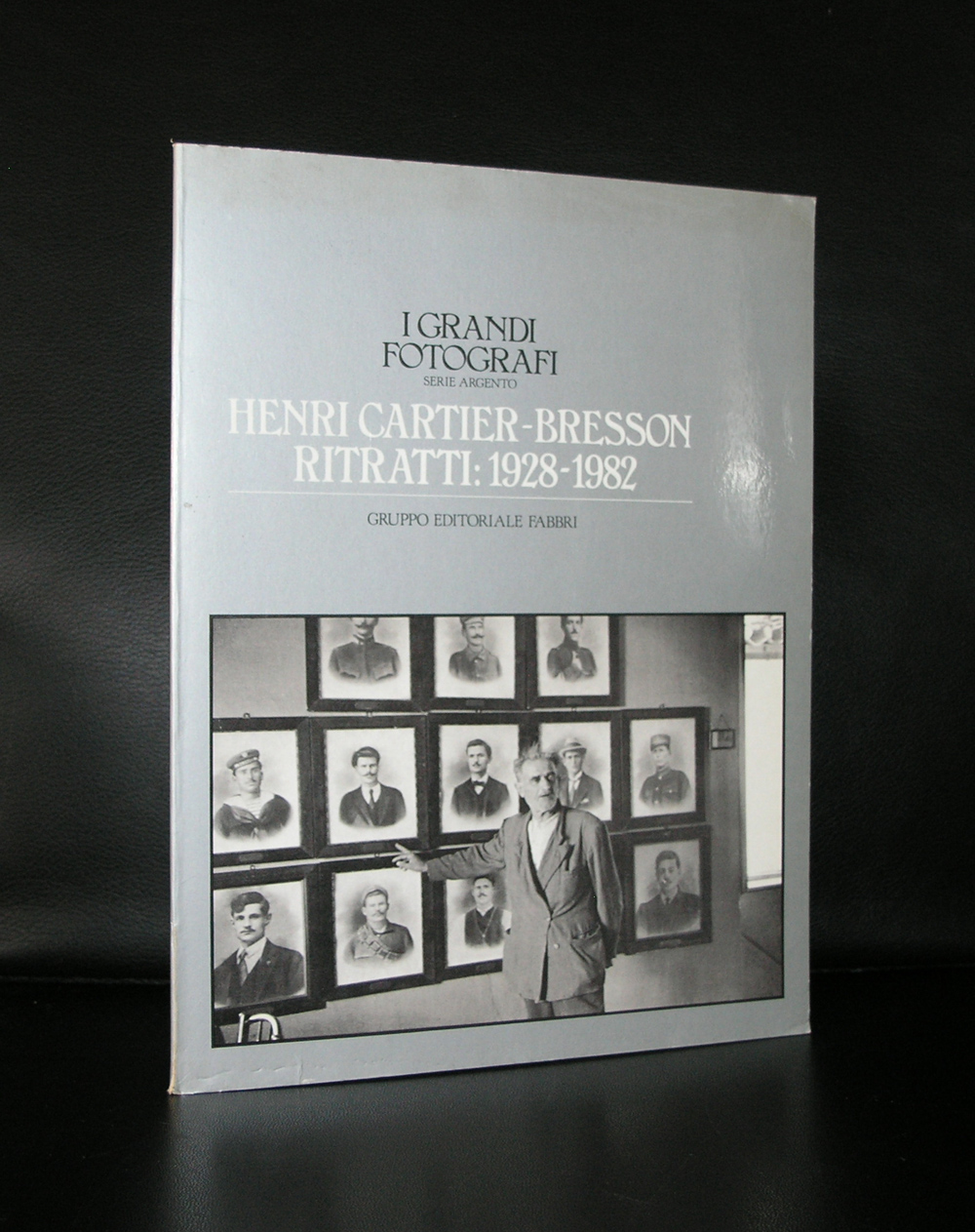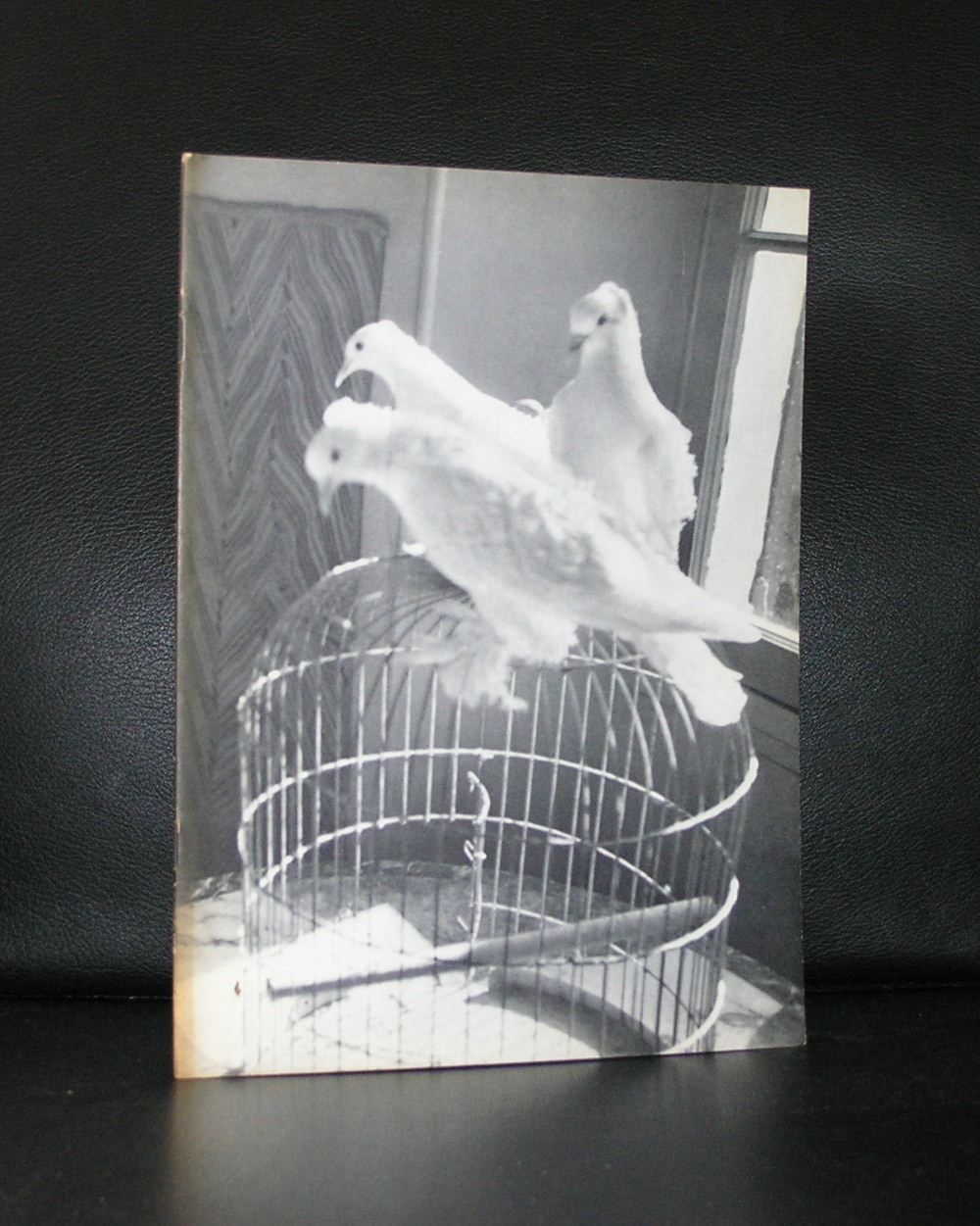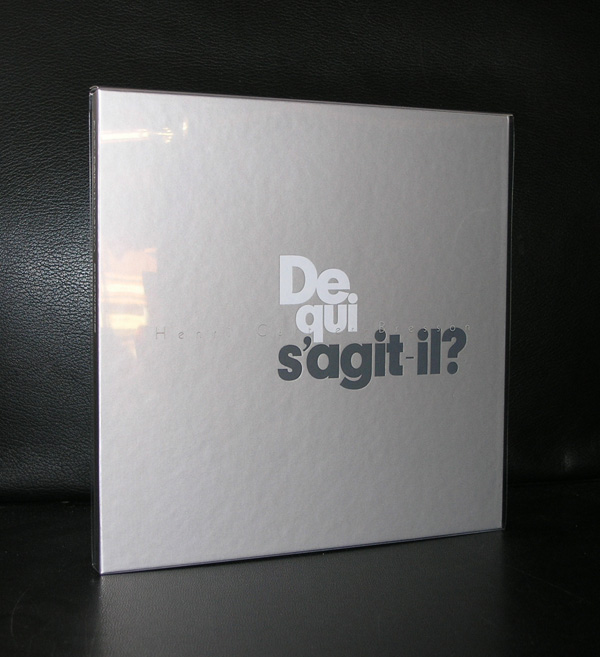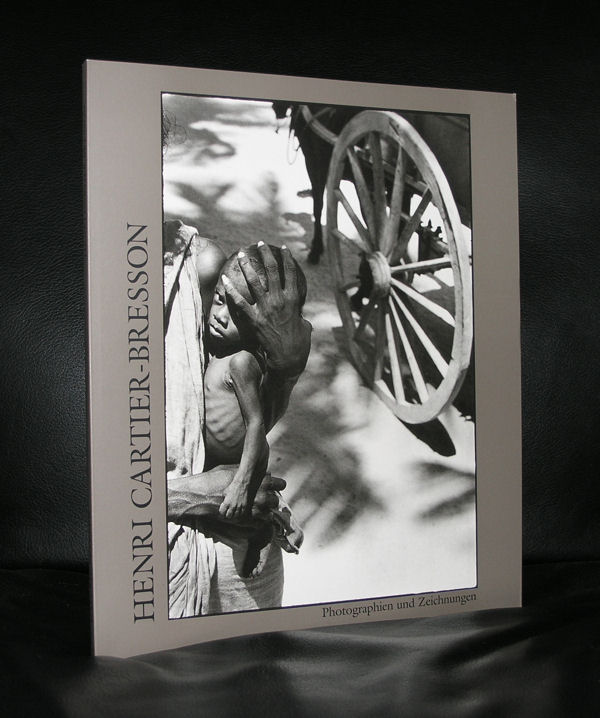
Henri Cartier-Bresson was born in Chanteloup, Seine-et-Marne in 1908 and from an early age, he was captivated by painting, specifically Surrealism. In 1932, after a year in the Ivory Coast, he came across the Leica camera, which became his go-to camera, and this sparked a lifelong passion for photography. In 1933, he held his debut exhibition at the Julien Levy Gallery in New York. Later on, he worked together with Jean Renoir on film projects.
In 1940, he was taken as a prisoner of war, but he managed to escape on his third attempt in 1943. He then joined an underground organization to help other prisoners and escapees. In 1945, he documented the Liberation of Paris with a group of skilled journalists and also directed the documentary Le Retour (The Return).
In 1947, Henri joined hands with Robert Capa, George Rodger, David “Chim” Seymour, and William Vandivert to establish Magnum Photos. He spent three years traveling around the East before returning to Europe in 1952, when he published his debut book, Images à la Sauvette (known as The Decisive Moment in English).
In his own words, Cartier-Bresson described his unique approach to photography as “a sketchbook, an instrument of spontaneity and intuition, the ruler of the moment which, in visual terms, poses questions and makes decisions simultaneously… It is through simplicity of expression that one achieves economy of means.”
From 1968 onwards, he began to reduce his involvement in photography, choosing to focus on painting and drawing instead. In 2003, together with his wife and daughter, he established the Fondation Henri Cartier-Bresson in Paris to preserve his body of work. Henri Cartier-Bresson received countless awards, honors, and honorary degrees throughout his lifetime. He passed away at his home in Provence on August 3, 2004, just a few weeks shy of his 96th birthday.
www.ftn-books.com has some of the most important Bresson titles available.































































